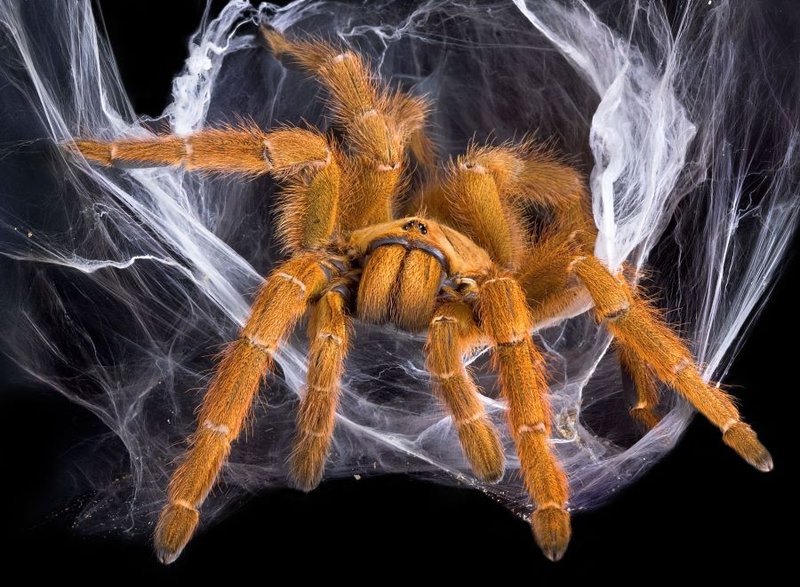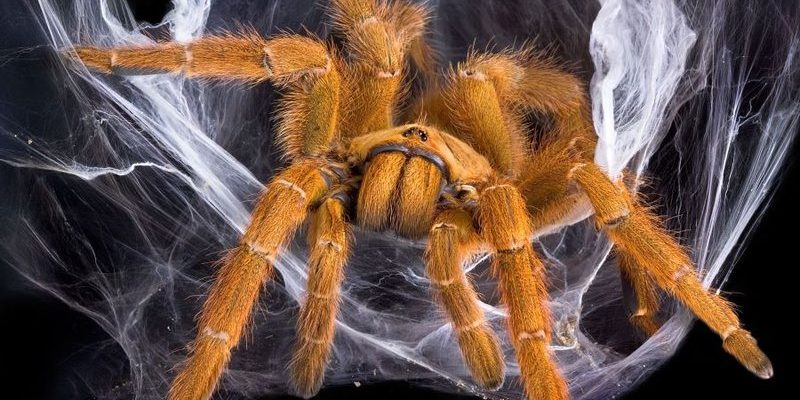
Imagine sitting at a cozy café, sipping your coffee, and pondering the differences between spiders and tarantulas. On one hand, you have those tiny spiders that weave grand, sticky webs, and on the other, you have tarantulas, which seem more focused on their ground game. Unlike those delicate weavers, tarantulas prefer to hunt on the ground rather than waiting in a web. That said, they do have their own unique methods of creating shelter and capturing prey – it’s just a bit different from the classic web-spinning you might picture.
The Basics of Tarantula Behavior
Tarantulas are fascinating creatures. Unlike the typical garden spider that spins silky webs, tarantulas are more like ambush hunters. Picture a lion waiting in the tall grass for its prey. Tarantulas use their keen senses to detect movements nearby, then they pounce! Instead of catching their food with a sticky web, they rely on speed and strength. These spiders can be quite quick when it comes to catching insects, which is what they primarily eat.
In their natural habitats, tarantulas use silk for different purposes, but not necessarily for capturing food. They produce silk to create burrows or to line their homes. This silk can also help them keep moisture in their living spaces. While their silk isn’t about making webs like other spiders, it still plays an essential role in their survival.
Do Tarantulas Spin Webs at All?
You might be wondering, “So, do tarantulas make webs or not?” The straightforward answer is no, tarantulas do not spin webs to catch prey. However, they do utilize silk in other ways. For instance, when they create a burrow, they may line it with silk threads. This silk serves to provide a soft surface and can also help maintain humidity.
It’s not uncommon for tarantulas to use their silk to create a protective covering for their burrows. This behavior is essential for both protection from predators and for creating a comfortable living environment. So, while you won’t see a tarantula spinning a web to ensnare its next meal, they certainly have their unique ways of using silk.
The Role of Silk in Tarantula Life
As I mentioned, tarantulas use silk primarily for constructing shelters. Think of a tarantula’s silk as its version of home décor. It’s not for catching dinner, but it’s essential for comfort and safety. Some species of tarantulas even wrap their eggs in silk to protect them from the environment and predators. It’s like a cozy blanket to keep their little ones safe until they hatch.
Interestingly, if you’ve ever seen a tarantula in captivity, you might notice they can spin threads in their enclosure. They might create a little webbing around their favorite hiding spots. This behavior is part of their instinct to create a comforting environment, making them feel more at home. It’s one of those little quirks that show how adaptable and smart these creatures can be.
Comparing Tarantulas and Other Spiders
Now that we know tarantulas don’t spin webs like traditional spiders, let’s look at how they compare with other species. Most spiders, like orb-weavers or jumping spiders, create webs for trapping prey. These webs serve as a home base and a hunting tool all in one.
When we contrast this with tarantulas, it’s easy to see their hunting techniques are a different ballgame. Tarantulas prefer to hunt actively rather than passively waiting for a snack to get caught in a web. This difference in behavior is a reflection of their size and habitat. While many smaller spiders can afford to stay put and create intricate webs, tarantulas are built for speed and power.
It’s also interesting to note that some tarantula species, like the Brazilian wandering spider, are known for their agility and hunting prowess. They exemplify how tarantulas have developed skills best suited for their environments, showing us that there’s no one right way to be a successful spider.
Why Understanding Tarantula Behavior Matters
Knowing the differences between tarantulas and other spiders is significant for both enthusiasts and researchers. For people interested in keeping tarantulas as pets, understanding their behavior can help create a better living environment. Tarantulas are often more suited to a terrarium that mimics their natural burrowing habitats rather than an open space filled with web-like structures.
Additionally, this understanding contributes to the larger picture of arachnid behavior. Each species has evolved its own strategies for survival, and recognizing these differences helps us appreciate the diversity of life on our planet.
In the end, while tarantulas don’t make webs like traditional spiders, they have their own fascinating ways of using silk. From creating burrows to protecting their young, their silk plays a vital role in their lives. Tarantulas may not fit the classic spider mold, but that’s what makes them so intriguing!
So, the next time you think about spiders and webs, remember that not all arachnids are created equal. Tarantulas, with their hunting prowess and fascinating behaviors, show us that there are many ways to thrive in the wild. Whether you’re a curious beginner or just fascinated by these incredible creatures, there’s always more to learn about our eight-legged friends!

